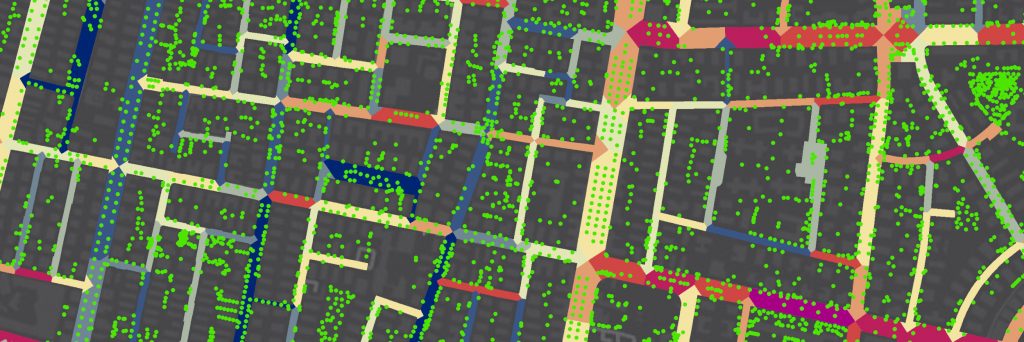Dr. Or Aleksandrowicz lab
The Big Data in Architectural Research Lab conducts multidisciplinary research related to architecture and urban environments based on the collection and analysis of big data. The lab is capable of collecting, processing, and analysing physical, spatial, functional, visual, and semantic data. The equipment includes mobile meteorological stations, shortwave and longwave radiometers, advanced photography and recording equipment, a high-capacity scanner for printed media, reproduction equipment, high-capacity computers and storage servers, and a wide variety of software used for data collection and analysis, performance simulations, and media processing.
Although these data types are produced according to different research procedures that stem from separate fields of knowledge, the distinction that exists in contemporary architectural research is artificial, and indicates the limitations of traditional research methods, rather than inherent features of the research field itself.
The ability to centralize and manage multiple kinds of data in a single lab that is capable of collecting and processing data stemming from diverse scientific methods (exact sciences, social sciences, and the humanities), creates an unprecedented opportunity to uncover new connections and links between different aspects of architectural research. This ability is almost completely lacking in traditional research methods in the field.
Research Interests
The lab serves to promote architectural and spatial research in a wide array of subjects related to the use of big data, among them:
- Understanding the interconnection between the morphological and material aspects of the urban environment and its functional products, with an emphasis on energy consumption, thermal and visual comfort, and well-being
- Suggesting new and innovative ways of coping with the environmental challenges of climate change, while focusing on its influence on urban micro-climates
- Expanding our knowledge about historical changes in the technological and functional aspects of architecture, with an emphasis on the interrelationships between these changes and the theoretical aspects of architectural thought
- Tracking cultural and social trends in the development of architectural theory, based on a comprehensive analysis of the semantic frequency of key terms in architectural thought
- Developing innovative analytical methods relating to the functional aspects of the built environment, and adapting them into concrete tools that can be implemented in professional practice
- Supporting the development of advanced building technologies with improved functional aspects, in cooperation with the construction industry
Location
Amado building, 1st floor, room 103.


